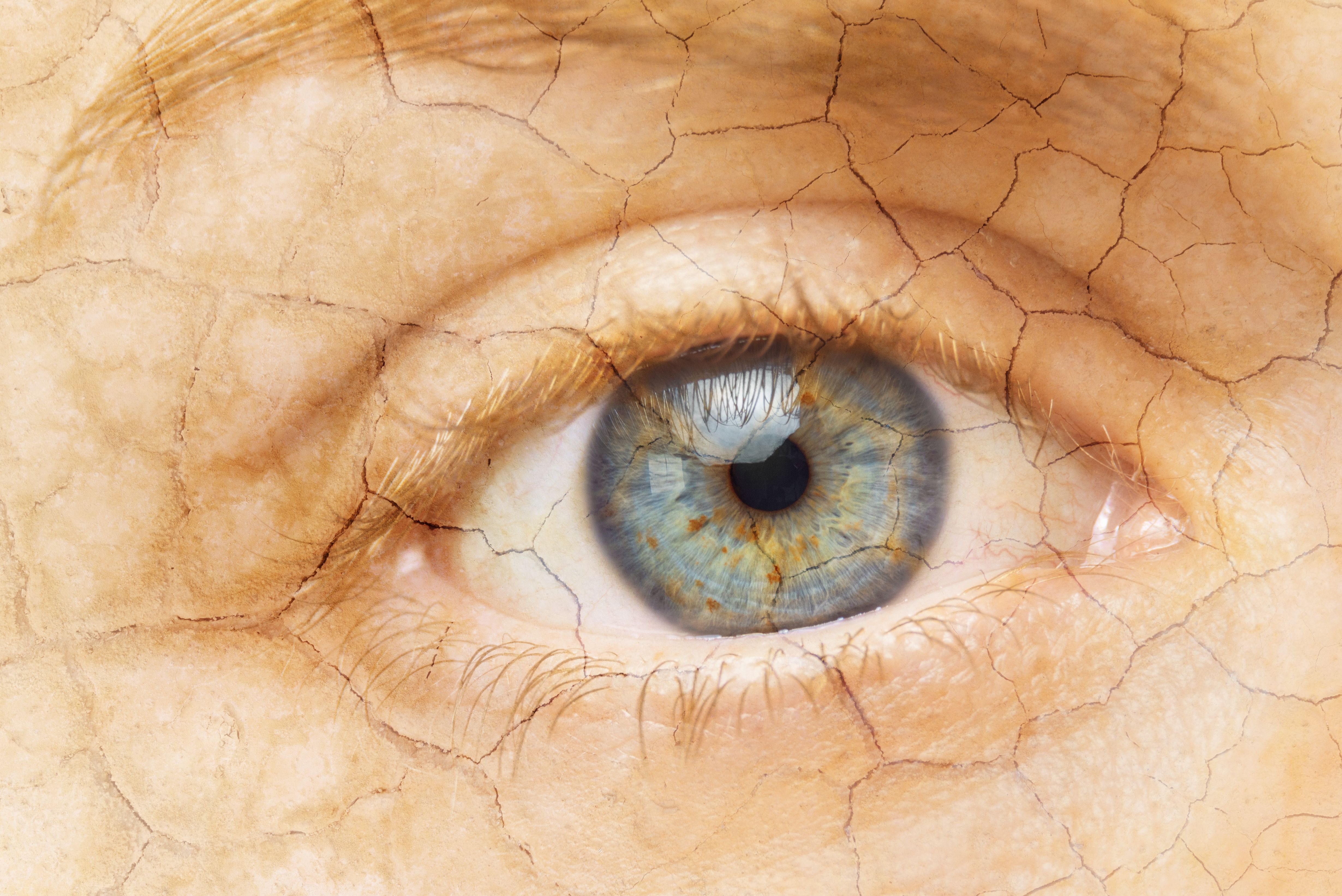Article
Bausch + Lomb, Novaliq spotlight pivotal Phase 3 data on NOV03
Author(s):
NOV03 is being investigated to treat the signs and symptoms of dry eye disease associated with meibomian gland dysfunction, and a PDUFA action date has been set for June 28.
The FDA assigned NOV03 a Prescription Drug User Fee Act (PDUFA) action date of June 28, 2023.

Bausch + Lomb Corp. and Novaliq GmbH this week are highlighting results from the pivotal Phase 3 trial GOBI, which is one of two pivotal Phase 3 trials for NOV03 (perfluorohexyloctane), published in Ophthalmology, the peer-reviewed journal of the American Academy of Ophthalmology.
According to a news release, the companies noted that NOV03 is being investigated to treat the signs and symptoms of dry eye disease (DED) associated with Meibomian gland dysfunction (MGD).
The FDA assigned NOV03 a Prescription Drug User Fee Act (PDUFA) action date of June 28, 2023.
“NOV03 was specifically developed to address excess tear evaporation and alleviate the signs and symptoms of dry eye disease associated with Meibomian gland dysfunction,” Christina Ackermann, president, Ophthalmic Pharmaceuticals, Bausch + Lomb, said in the release. “These findings reinforce NOV03 as a potential new treatment option that is distinct from anti-inflammatory and immunomodulatory agents. We are excited that the FDA is reviewing the New Drug Application for NOV03, which, if approved, would provide millions of patients with dry eye disease associated with Meibomian gland dysfunction a prescription treatment option.”1
DED is one of the most common ocular surface disorders, with MGD as a major cause of development and progression, affecting approximately nine out of 10 people with DED.2,3 DED due to MGD is caused by a deficient tear film lipid layer that leads to increased tear evaporation.4 There is currently no approved prescription eye drop in the United States indicated for DED associated with MGD.
“These data show that the GOBI trial met both co-primary endpoints and all key secondary endpoints, with statistical significance achieved in treating the signs and symptoms of dry eye disease associated with Meibomian gland dysfunction as early as day 15,” said Christian Roesky, PhD, CEO, Novaliq.
"All of the patients in the study were required to meet specific criteria indicating presence of Meibomian gland dysfunction. The findings of this study reinforce NOV03 as a potential treatment option for this patient population with unmet medical needs,” said Yehia Hashad, M.D., executive vice president, Research & Development and chief medical officer, Bausch + Lomb.
The data from the Phase 3, multicenter, randomized, hypotonic saline-controlled, double masked GOBI study was based on results from 597 subjects aged 18 years and older who were randomized to either receive treatment with NOV03 four times daily or hypotonic saline solution four times daily (n=303 NOV03; n=294 saline).
The two primary endpoints were change from baseline at Week 8 (Day 57 ± 2) in total corneal fluorescein staining (tCFS) and eye dryness Visual Analog Scale (VAS) score. Key secondary endpoints included change from baseline in eye dryness VAS score and tCFS at Week 2 (Day 15 ± 1) and eye burning/stinging VAS score and central corneal fluorescein staining (cCFS) at Week 8. Significant improvements vs. hypotonic saline solution were seen as early as day 15. Data highlights include:
Primary endpoints
- At Week 8, change from baseline in tCFS was statistically significantly greater in the NOV03 arm compared to the control saline group (least-squares [LS] mean treatment difference, -0.97; (95% confidence interval [CI]: -1.40 vs. -0.55) (P<0.001)).
- At Week 8, eye dryness VAS score was statistically significantly improved in the NOV03 arm compared to control group (LS mean treatment difference, -7.6; (95% CI: -11.8 vs. -3.4) (P<0.001).
Key secondary endpoints
- At Week 2 (day 15), tCFS and eye dryness VAS score were statistically significant compared to saline, with an LS mean treatment difference (95% CI) for change from baseline in tCFS of -0.6 (-0.9, -0.2) (P<0.01) and VAS score of -4.7 (-8.2, -1.2) (P<0.01).
- At Week 8, VAS burning/stinging score and cCFS also favored the NOV03 group, with an LS mean treatment difference (95% CI) for change from baseline in VAS burning/stinging score of -5.5 (-9.5, -1.6) (P<0.01) and cCFS of -0.2 (-0.4, -0.1) (P<0.01).
In the study, NOV03 was well tolerated with few subjects experiencing ocular adverse events (AEs) (9.6% NOV03 group, 7.5% control group) or treatment-related ocular AEs (6.3% NOV03 group, 3.1% control group). Most AEs were mild to moderate in severity. The most common AEs (incidence ≥1%) experienced in the NOV03 group were blurred vision, mostly mild and transient (3.0% vs 0.3%), instillation site pain (1.0% vs 1.0%), and eye discharge (1.0% vs. 0.0%). Ocular AEs led to treatment discontinuation in one subject in the NOV03 group (eye irritation) and three subjects in the saline group (conjunctivitis, dry eye, punctate keratitis).
References
- National Eye Institute. Dry Eye. Last updated April 8, 2022. Accessed December 21, 2022. https://www.nei.nih.gov/learn-about-eye-health/eye-conditions-and-diseases/dry-eye
- Leonardi, A., Modugno, R. L., & Salami, E. (2021). Allergy and Dry Eye Disease. Ocular immunology and inflammation, 29(6), 1168-1176. https://doi.org/10.1080/09273948.2020.1841804.
- Lemp, MA, Crews, LA, Bron AJ. (2012). Distribution of Aqueous-Deficient and Evaporative Dry Eye in a Clinic-Based Patient Cohort: a retrospective study. Cornea, 31(5), 472-478. https://journals.lww.com/corneajrnl/Abstract/2012/05000/Distribution_of_Aqueous_Deficient_and_Evaporative.2.aspx
- Geerling G, Baudouin C, Aragona P, et al. (2017). Emerging strategies for the diagnosis and treatment of meibomian gland dysfunction: Proceedings of the OCEAN group meeting. The Ocular Surface,15(2): 179-192. https://doi.org/10.1016/j.jtos.2017.01.006
Newsletter
Don’t miss out—get Ophthalmology Times updates on the latest clinical advancements and expert interviews, straight to your inbox.




